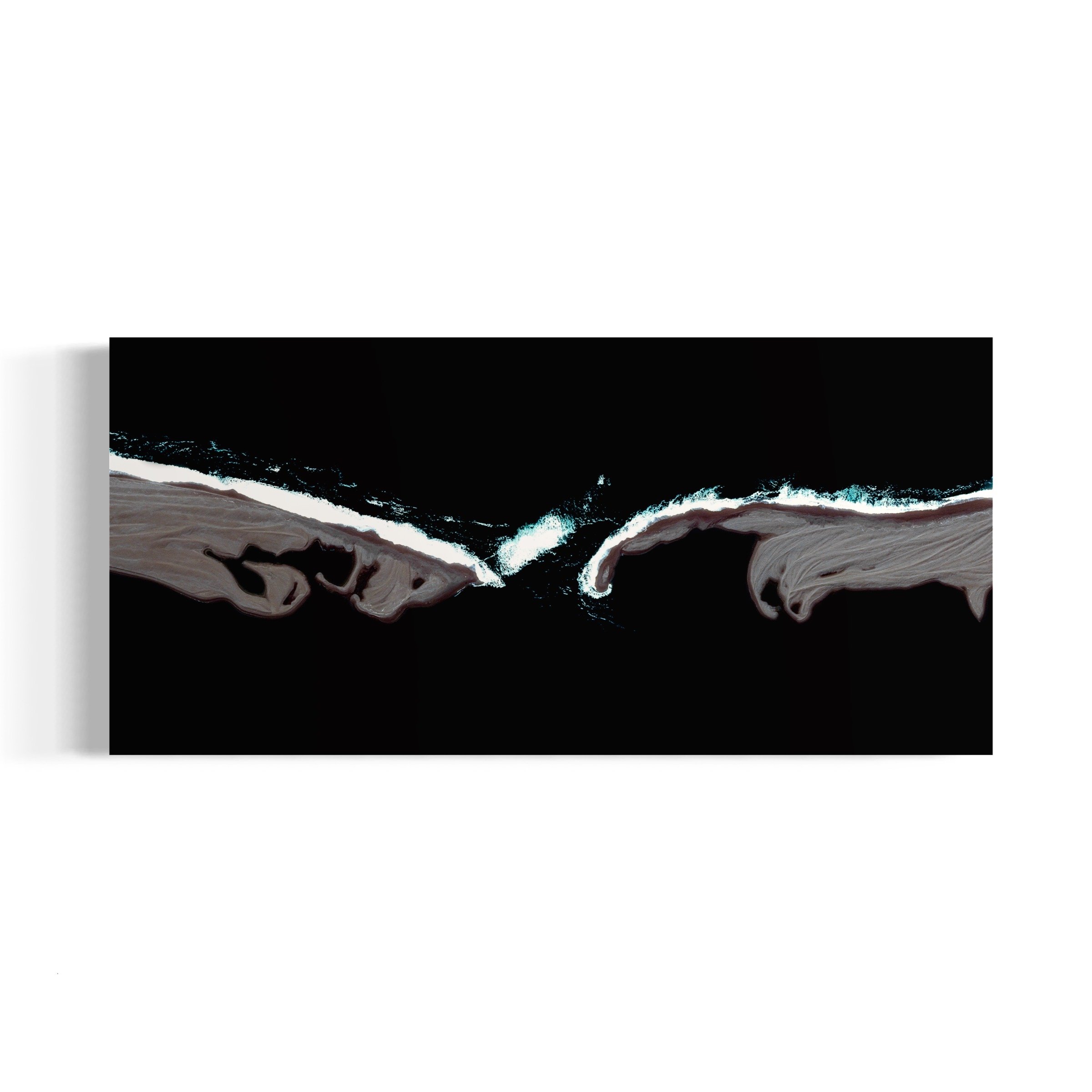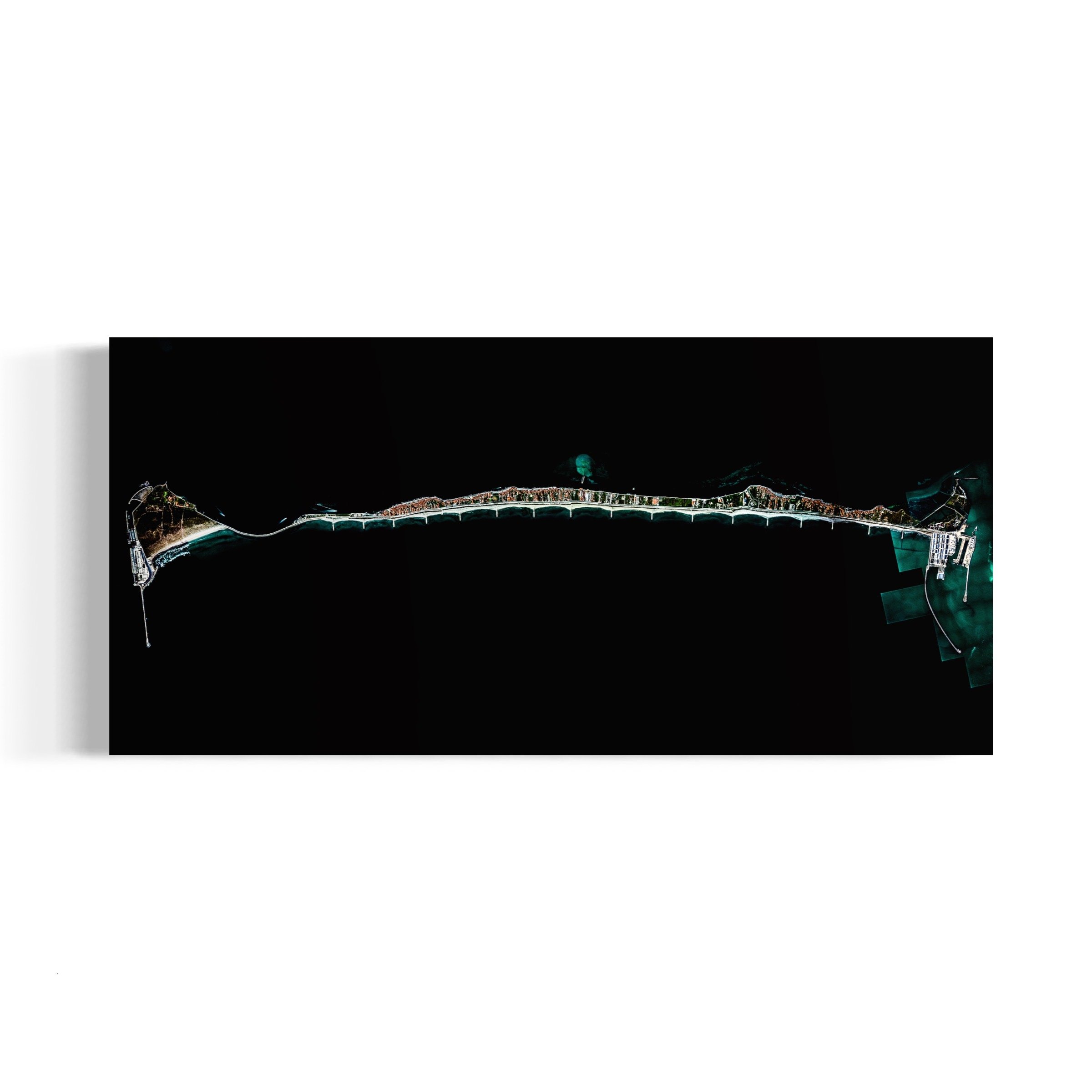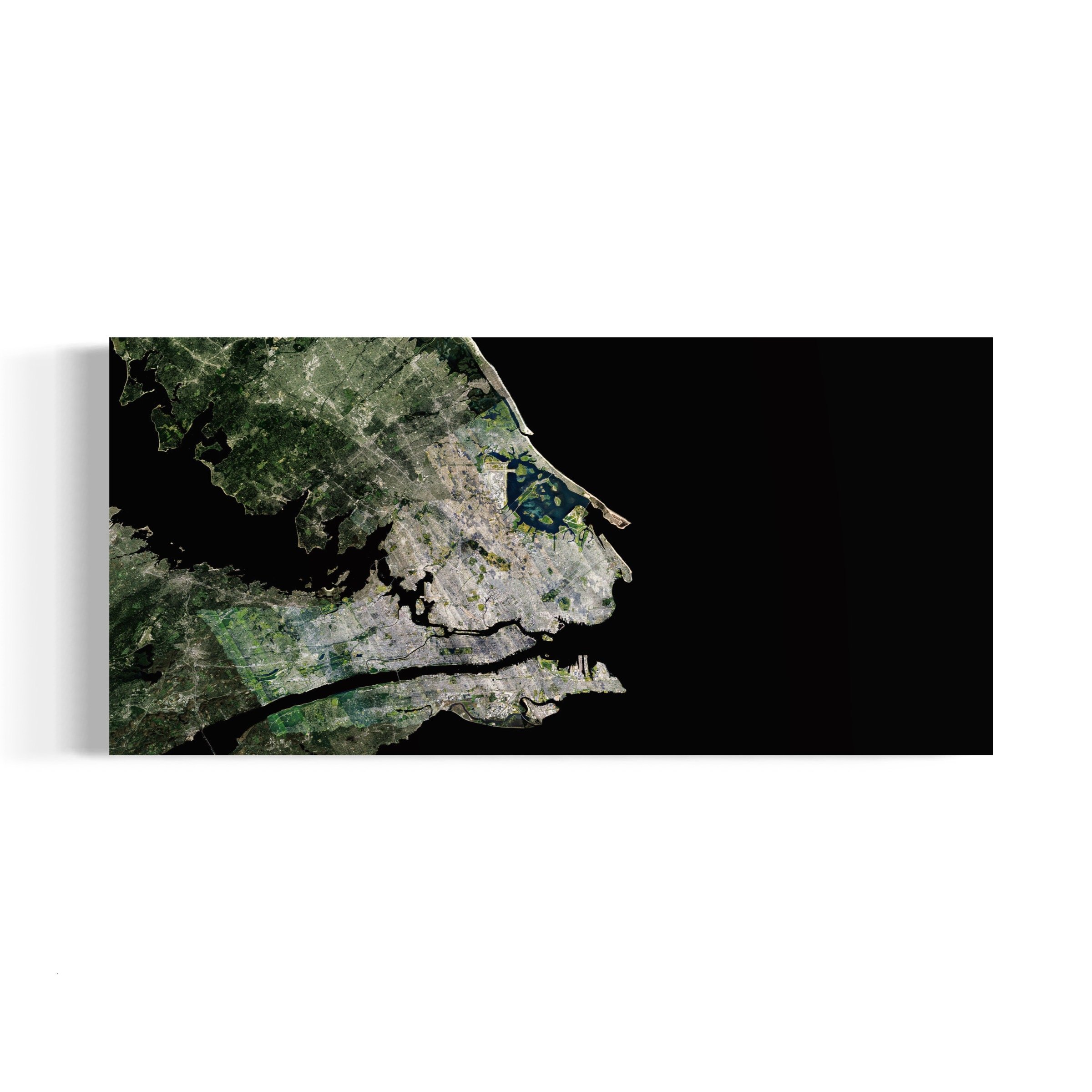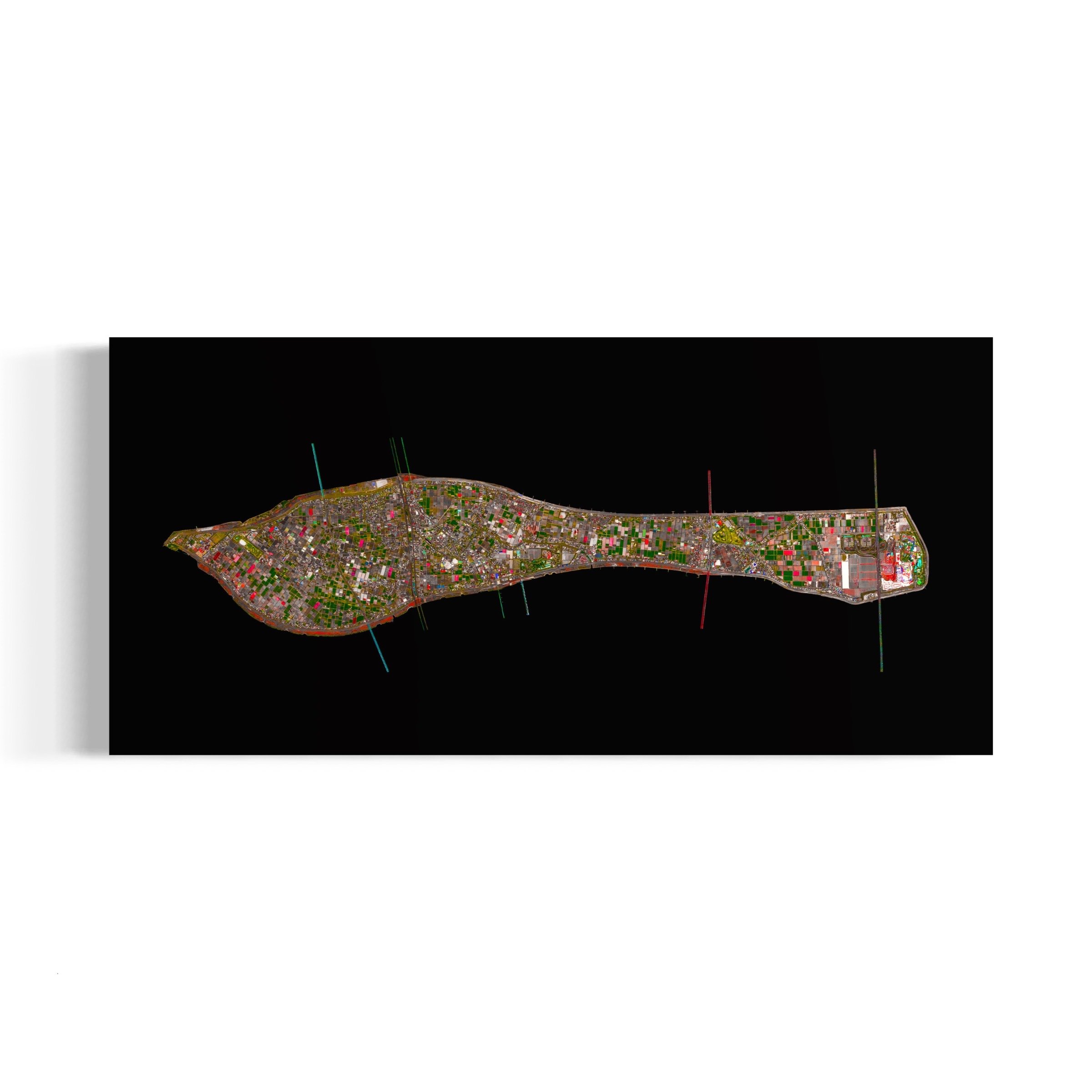ULTRADISTANCIA BLACK SERIES
VOYAGER SERIES SELECTED SERIES +MORE SERIES

BAHRIYA. Doha, Qatar - Ultradistancia Black Series

CAY VOLCANO. XI Región, Chile - Ultradistancia Black Series

CAYO CRUZ. Camagüey, Cuba - Ultradistancia Black Series

HOUSTON EYES. Texas, USA - Ultradistancia Black Series

KANAGAWA. Kanto, Japan - Ultradistancia Black Series

MILLI. Milli Atoll, Marshall Islands - Ultradistancia Selected Black

MIR TIPITO. Sakha Republic, Russia - Ultradistancia Selected Black
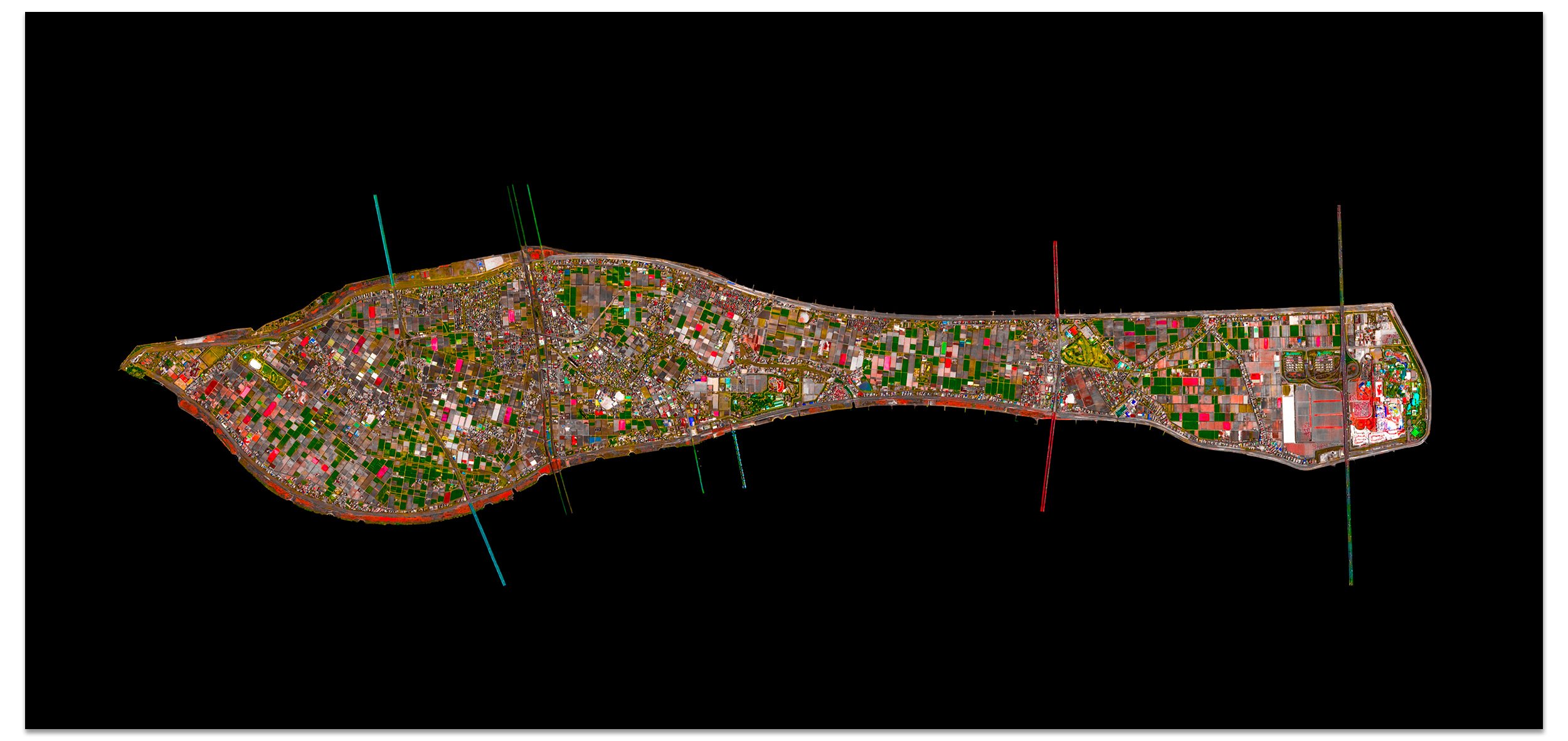
NAGASHIMA SPA. Mie Prefecture, Japan - Ultradistancia Selected Black

NEW YORK ALIEN. New York, USA - Ultradistancia Black Series

OBERLIN. Wisconsin, USA - Ultradistancia Selected Black

PALM JUMEIRAH. Dubai, UAE - Ultradistancia Black Series

PELLESTRINA. Veneto, Italy - Ultradistancia Selected Black

PORT SAID. Port Said Governorate, Egypt - Ultradistancia Black Series

PUNTA DEL ESTE. Maldonado, Uruguay - Ultradistancia Black Series

RYE. New York, USA - Ultradistancia Selected Black

SALTA. Salta, Argentina - Ultradistancia Selected Black
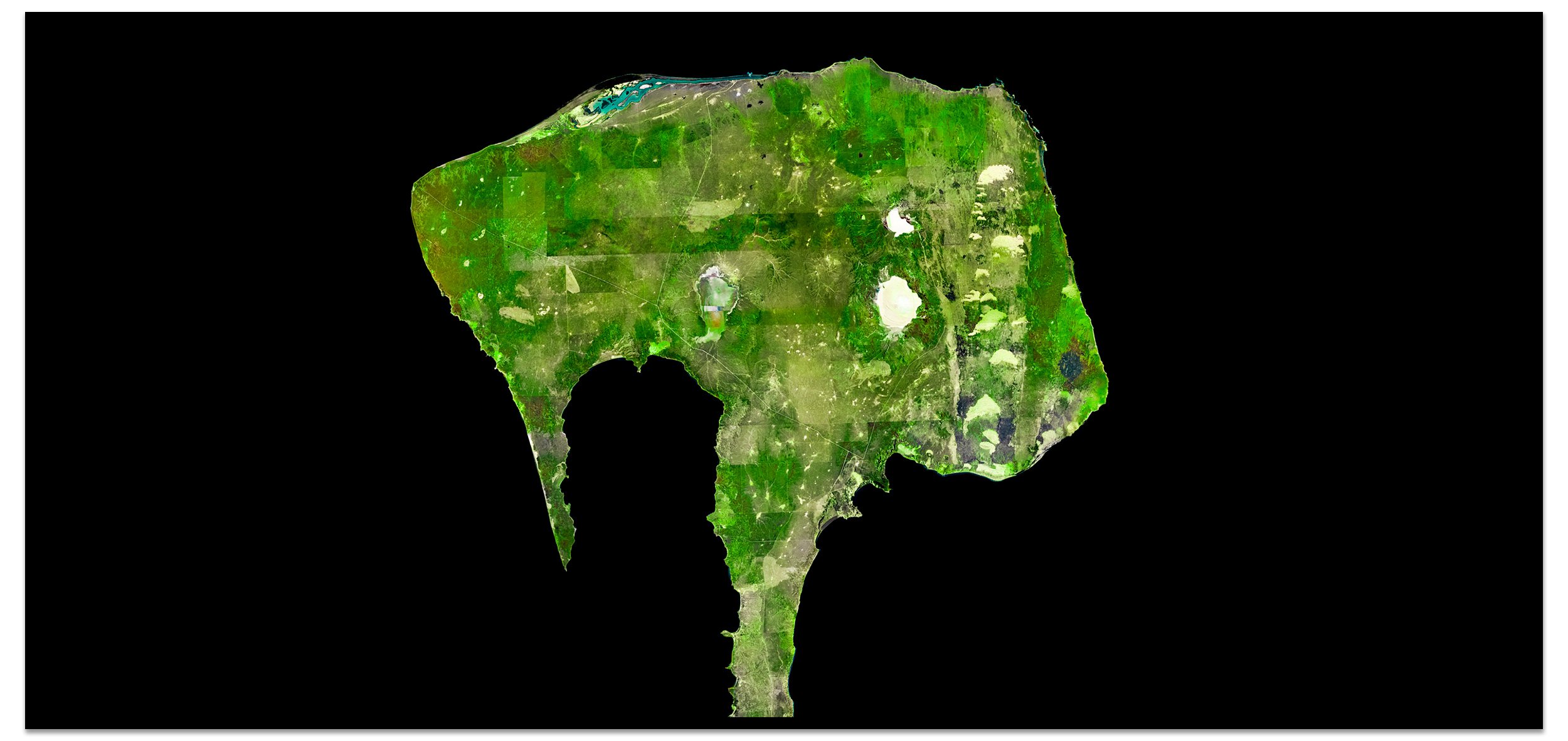
VALDÉS. Chubut, Argentina - Ultradistancia Selected Black

VALDÉS LA CREACIÓN. Chubut, Argentina - Ultradistancia Selected Black
Since the beginning of recorded history, we know that humans have imagined monsters and strangely shaped creatures that have mysterious powers. When they looked to the skies, they saw shapes and patterns in stars and clouds that then took on anthropomorphic or zoomorphic characteristics in their minds, and thus in our collective mythologies.
With the ready-availability of satellite imagery via Google Earth, we can find ourselves applying the same principles today, looking back at our planet. Argentinian photographer/artist Federico Winer has been doing just that with his longterm project Ultradistancia: Finding the shapes of monsters and mythical creatures (and many other intriguing things) by looking back at Earth from the skies.
About Ultradistancia Black
Through the God’s-eye view of Google Earth, Winer discovers geographic shapes and geometries that transform cities, peninsulas, neighborhoods and ports into animals and monsters. Some, such as recently constructed island colonies are intentional, others are just strange coincidences. Perhaps more architects, city planners and land artists will take this view-from-the-skies approach into account as they design and build future projects.
—Jim Casper. LensCulture

“Argentinian artist and photographer Federico Winer uses imagery from Google Earth to play with our perspective on the world. Explore the ways in which color can change a satellite rendering into art”.
“A secret life of architecture and topography seen only from afar. In his images, doldrum shipping containers look like Mondrians, roadways smile eerily through asphalt lips, and parking lots mimic mitosis with merging cells of concrete and cars”.
— Vice
“After the 2016 launch of his project, ULTRADISTANCIA, Winer’s work began to gain recognition on an international scale. The project used Google Earth technology to scour the planet for eye-catching patterns and geometry, whether man-made or natural. ULTRADISTANCIA tackled the idea of travel without movement and quickly caught the attention of Google who commissioned an exclusive series of the images.”.
— OPUMO






